Mind-blowing Big Boy facts
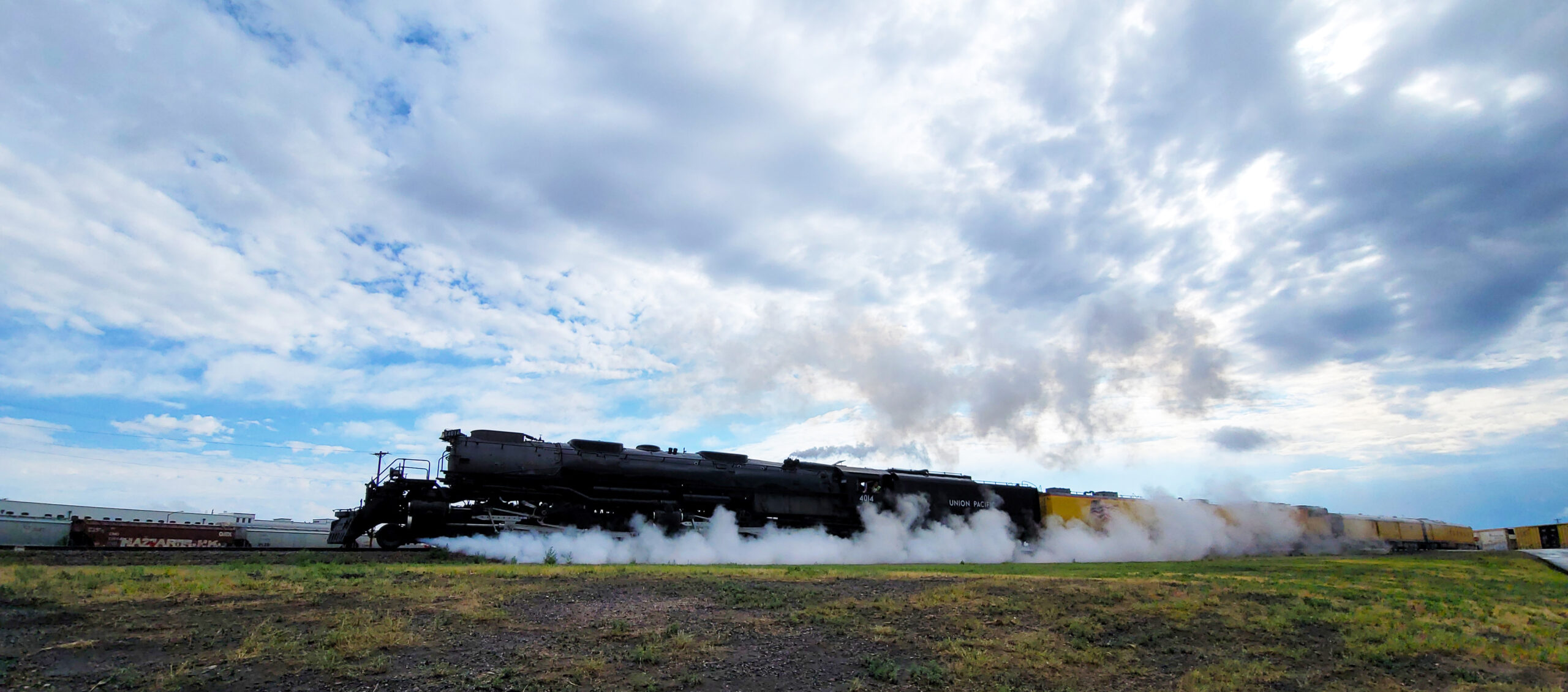
In the 1959 Union Pacific movie Last of the Giants the narrator comments, “ … There are no small parts on a Big Boy.” This is also true of the story that accompanies this colossus of the rails. As one digs into Big Boy’s details, everything — measurements, operating statistics, even the people involved — are large and, in some cases, larger than life. Come along and be amazed by five mind-blowing Big Boy facts.
No. 1: How about a dip in the pool?
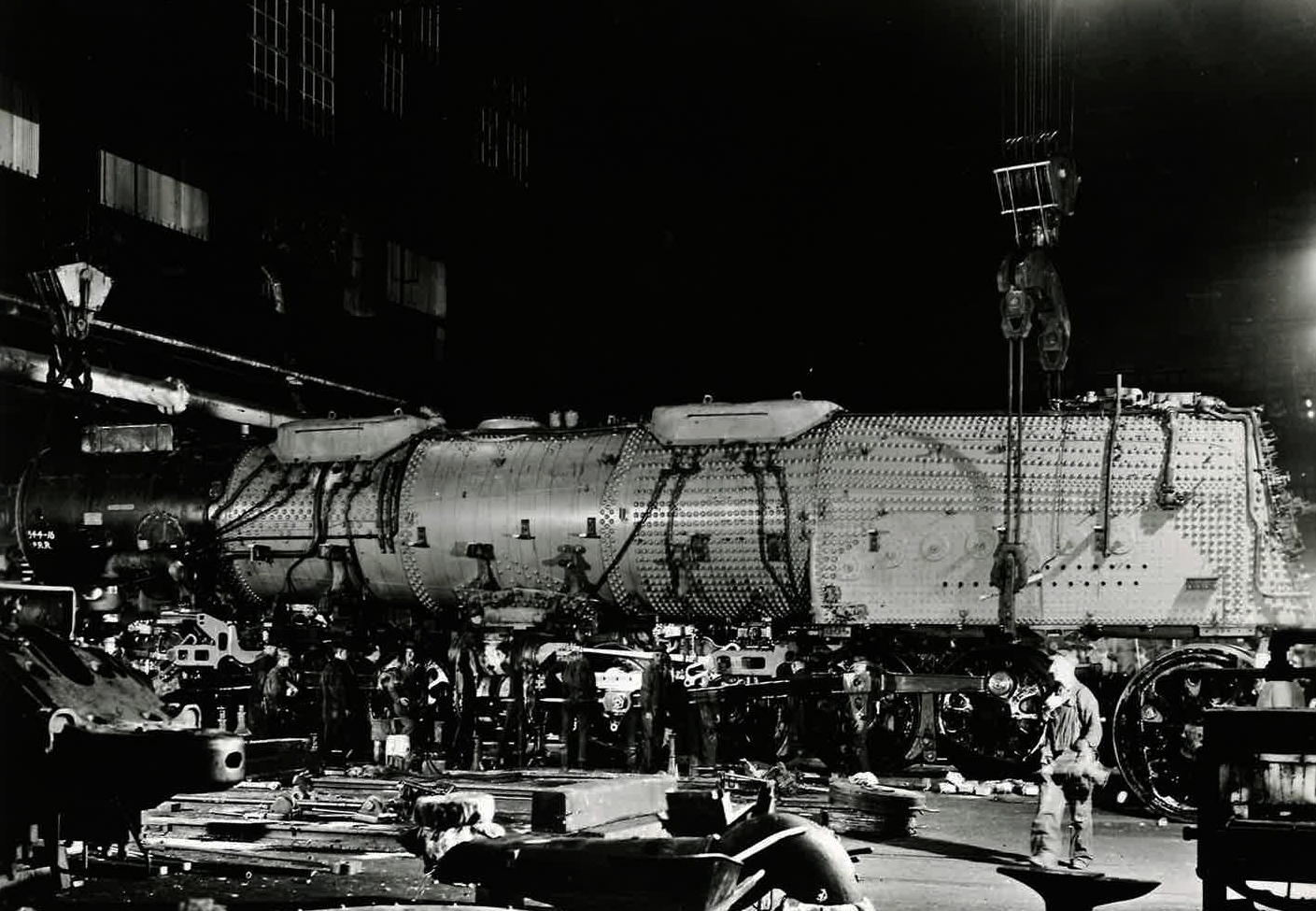
There is enough water in Big Boy’s boiler to fill a swimming pool measuring 14-feet wide by 28-feet long by 3 ½-feet deep. If you have grabbed your calculator — or slide rule, back in Big Boy’s time — to figure this out, let me save you the math. The boiler holds 10,500 gallons of water. Big Boy’s boiler, the part under pressure where water changes state from a liquid to a gas, is 45 feet long. It is made from three courses of cold-rolled, stress-relieved steel. Course one, the closest to the front, has an outside diameter of 97 11/16 inches. The steel is 1 11/32 inches thick. The steel thickness of course two increases to 1 3/8 inches. By the time we reach the third course, the outside diameter has been expanded to 106 9/16 inches with 1 3/8-inch steel. The boiler operates with a pressure of 300 pounds per square inch.
No. 2: I’d like to buy a Big Boy, but I’m concerned about fuel economy.
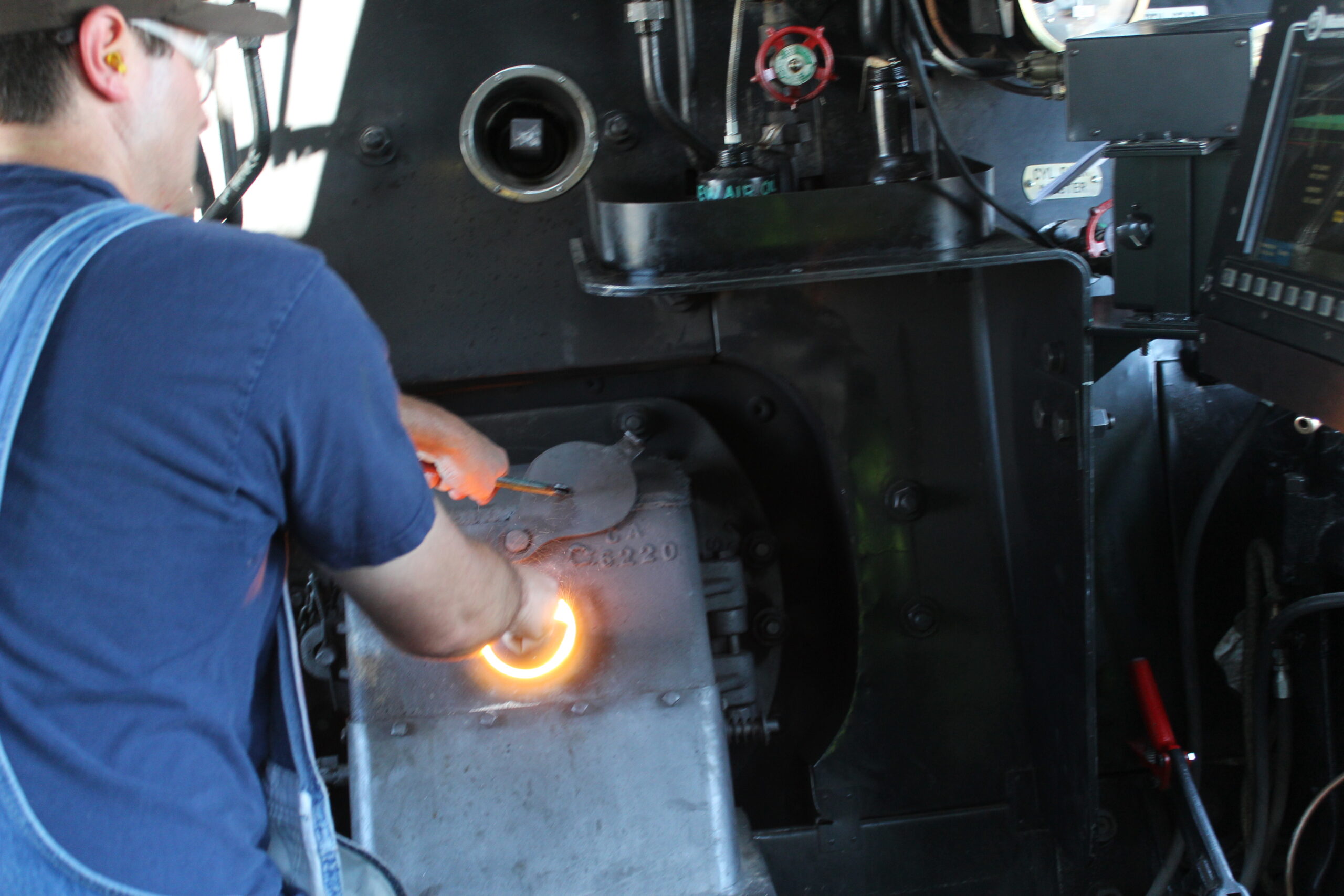
How many miles can I get out of a tank? Are you ready for some sticker shock? Big Boy’s fuel economy is measured in gallons to the mile not miles to the gallon. No. 4014 began life as a coal burning locomotive, like all the other Big Boys. During restoration, it was converted to an oil burner. On the road, No. 4014 will consume 20 to 25 gallons of oil per mile depending on load, grade, and conditions. If you’re looking for something a bit more economical, could I show you a nice 0-6-0?
No. 3: William Jeffers, the Union Pacific Railroad president who ordered the Big Boys built, began working for the railroad at age 14.
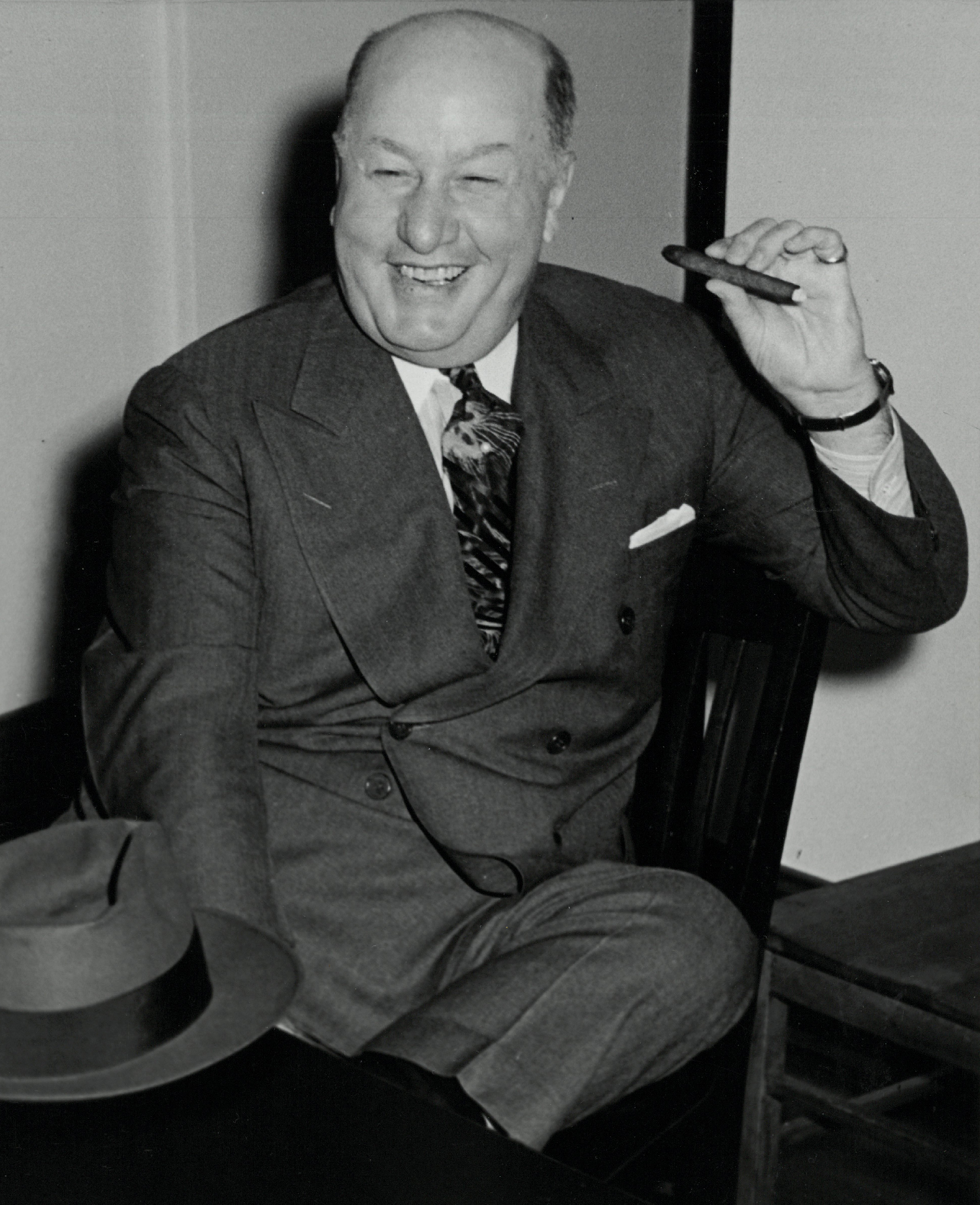
Why start a railroad career at such a young age? Jeffers was born January 2, 1876, in
North Platte, Neb. His father, an Irish immigrant, was a laborer for the Union Pacific Railroad. Jeffers signed on with the Union Pacific as custodian for the North Platte depot. This career moved was necessitated by his expulsion from school after punching out his teacher. Jeffers had a hot temper that stayed with him his entire railroad career. At times, his angry, firm stance was useful, but generally created challenges. When he entered Union Pacific’s executive ranks in 1928, Jeffers was branded with a nickname: The Czar, in reference to the Russian leaders. It was said that when summoned to his office one did not know if you were about to be praised or fired.
No. 4: Virtually every number used to quantify Big Boy is impressive.
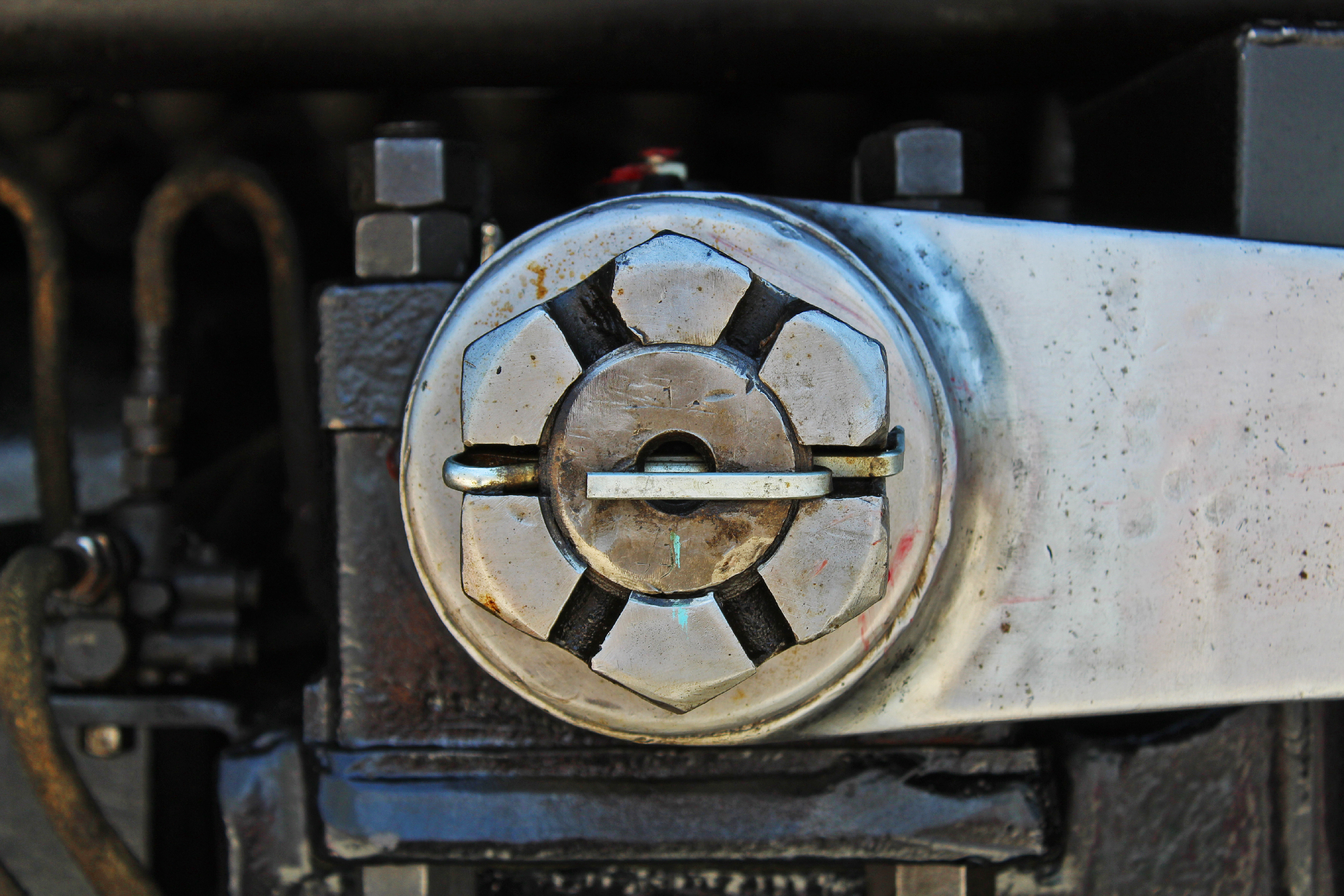
This includes the source of the numbers — the blueprints used to construct the locomotive. The set of plans developed to build the 4000-class tallied a little over 2,000 individual drawings. Everything on the locomotive is accounted for in one of these plans. The erecting diagram for the locomotive is the largest drawing in the set, measuring 12 ¾-feet long by 1 ½-feet wide. Remember, all of these plans were drawn by hand on a drafting table. When the Big Boys were designed there were no computers to assist with the math and no CAD systems to plot out the drawings.
No. 5: Diesel locomotives carry along dried sand, which is applied to the rails in front of the wheels helping gain traction when starting or in slippery situations.
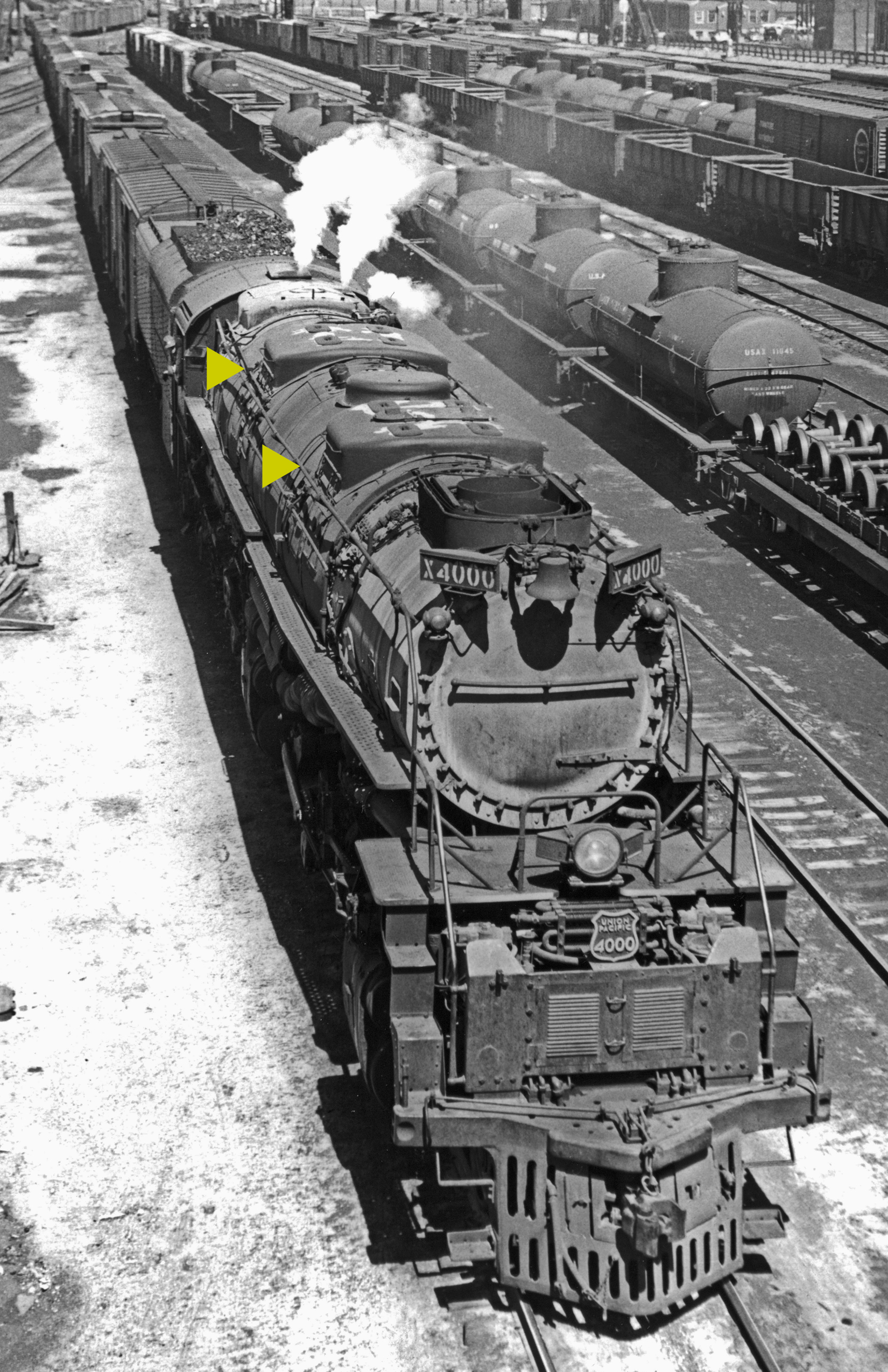
Steam locomotives did so as well. Don’t think for a minute that the amount of sand carried by a Big Boy is any less impressive than the rest of the locomotive. Remember the engineer had to maintain control of 16 driving wheels on a locomotive weighing 1.18 million pounds plus the tonnage of the train. The 4000s were rated for 7,000 tons in some parts of their territory. Sitting atop the boiler, are two sand bunkers, one for each set of driving wheels. Each bunker holds 2 tons of sand.






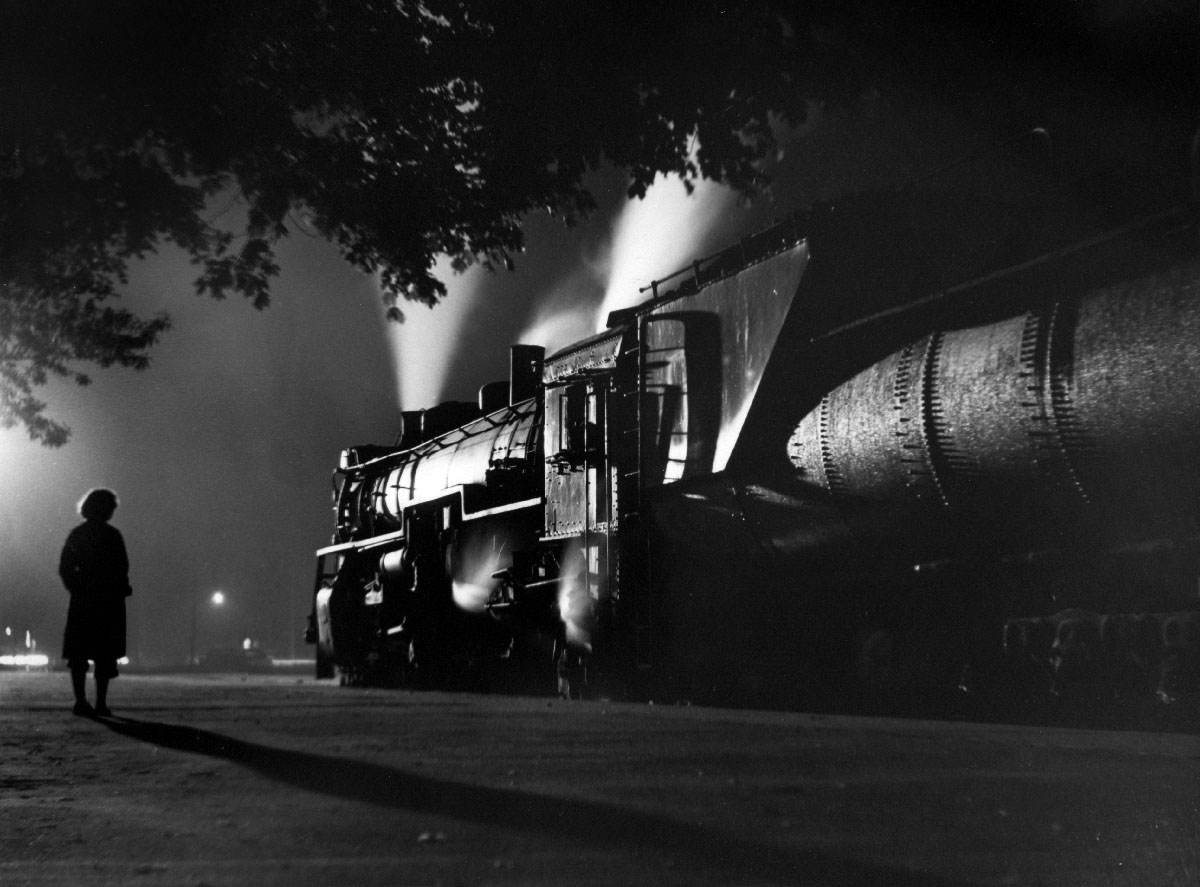

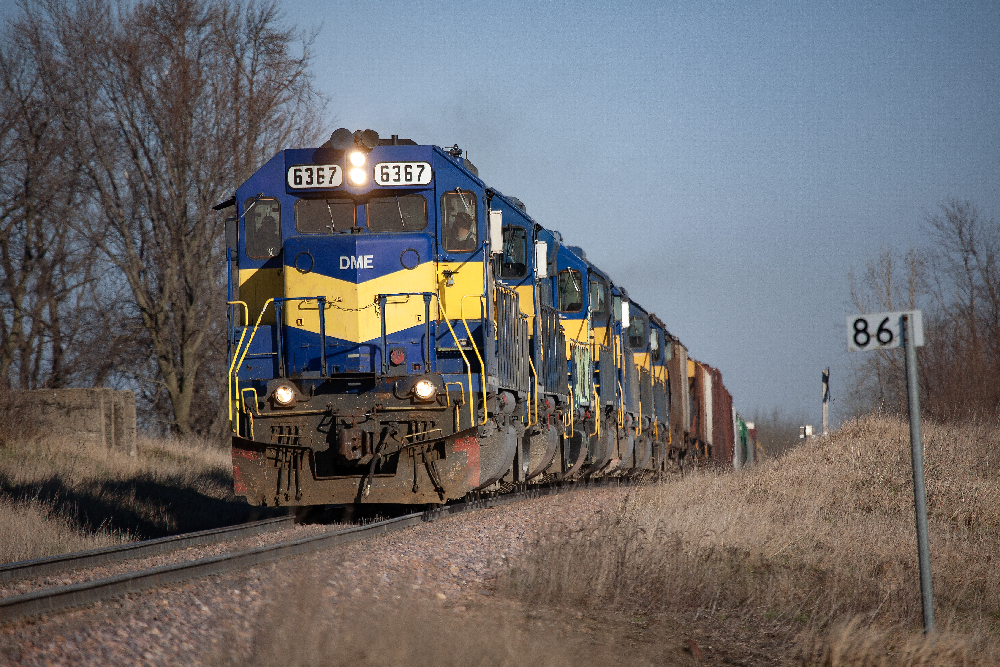
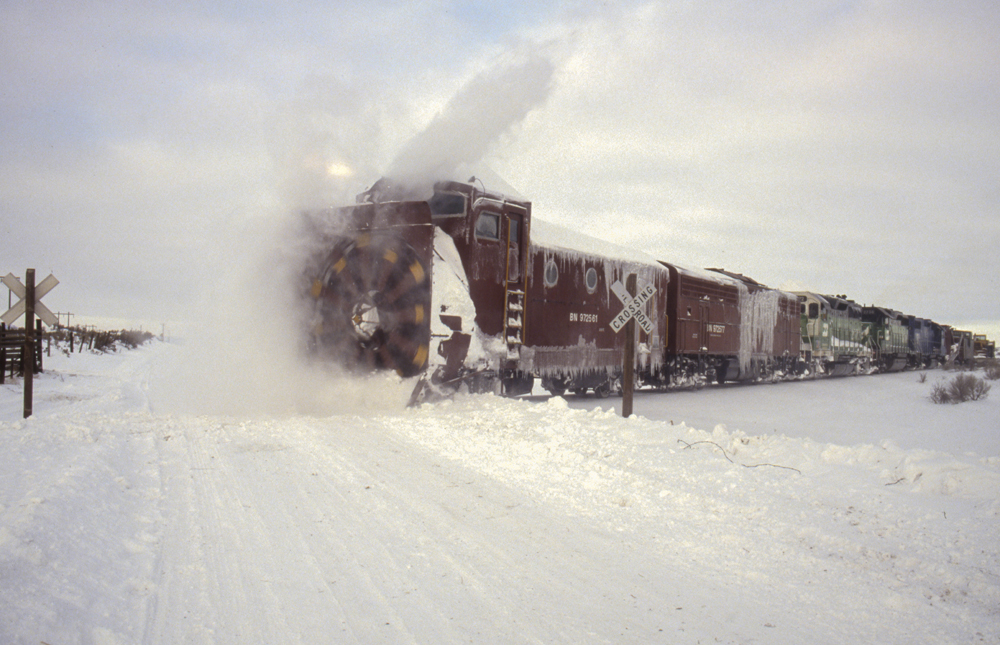




Has the 4014 ever been thru Phoenix or nearby? latest info shows running up north but not down here.
I wondered what kind of “mileage” they got. 30 gallons/mile!
And….a Big Boy will REALLY squash a quarter!